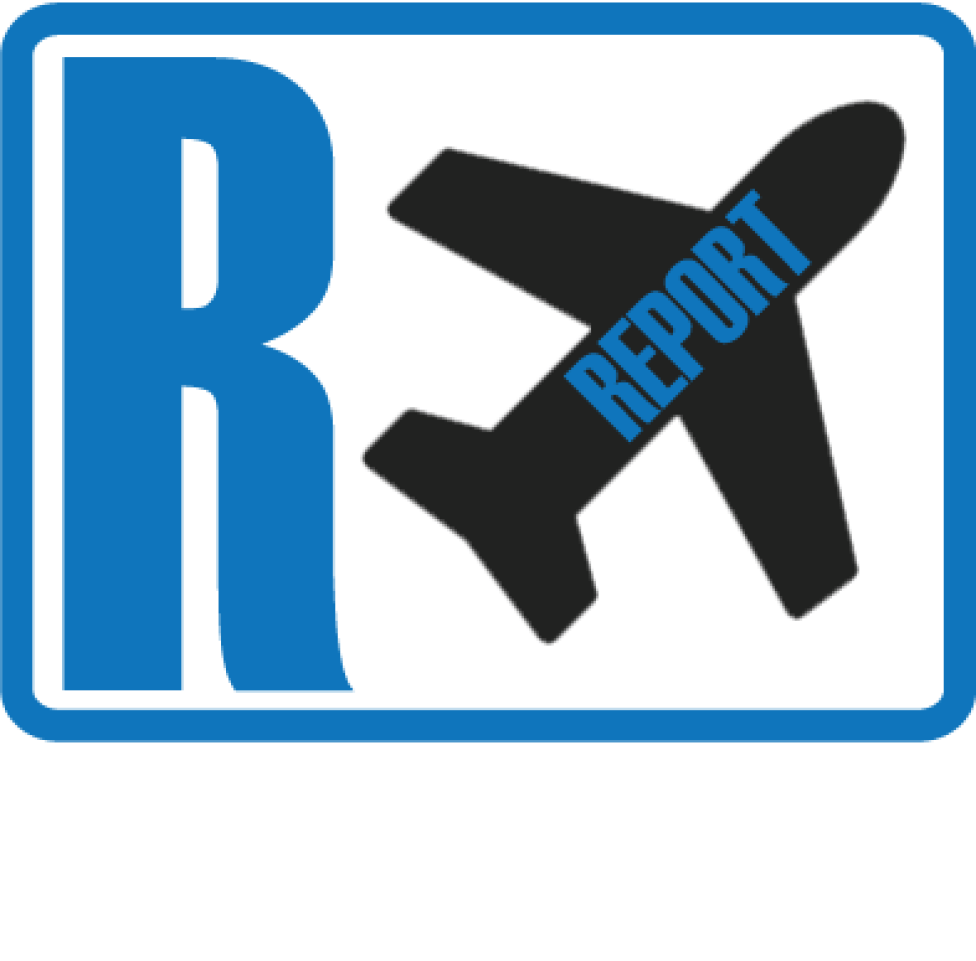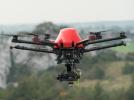Air France B772 at Paris on Nov 16th 2011, continued to descend despite go-around
An Air France Boeing 777-200, registration F-GSPP performing flight AF-471 (dep Nov 15th) from Caracas (Venezuela) to Paris Charles de Gaulle (France), was on a Category III ILS approach to CDG's runway 08R, low visibility procedures were in effect, descending through 320 feet AGL at 136 KCAS and 1 degree nose up attitude, when a Master Caution Warning was issued and the flight mode announciators reverted from "LAND 3" to "LAND 2". The captain (ATPL, 14,370 hours total, 6,645 hours on type) was pilot flying, the relief pilot (7,490 hours total, 5,271 hours on type) on the observer seat called out "Alarm", the first officer (7,823 hours total, 3,258 hours on type) called out "go-around", the captain responded by pushing the throttles forward to initiate the go-around disconnecting autothrottle in the process. A nose up pitch command on the control yoke is recorded however insufficient in strength to disconnect the autopilot. While the aircraft began to accelerate the attitude changed from +1.15 degrees to -0.5 degrees. The captain ordered the flaps to be reduced to 20 degrees, the pitch decreases further to 2 degrees nose down. The relief pilot called out "Pitch!" 10 seconds after the go-around was initiated both crew pulled the yoke now resulting in the autopilot disconnecting, the aircraft pitched up sharply resulting in +1.84G vertical acceleration, the attitude changed from 2 degrees nose down to 7 degrees nose up and subsequently reducing to 4 degrees nose up when the control yoke was returned to neutral, speed was now 169 KCAS. The relief pilot again called "Pitch!". The crew applied nose up input on the control yoke, the aircraft reached its lowest point of 63 feet AGL at 180 KCAS, the nose rose to 11 degrees nose up in 2 seconds and subsequently 19 degrees nose up and the aircraft climbed out to safety. Climbing through 870 feet the gear is retracted and the crew positioned the aircraft for a second approach, that resulted in a safe landing.
The French BEA released their final report in French (English version released on Jan 29th 2014) complaining, that the cockpit voice had been deleted prior to the BEA getting access to it although the crew initially had preserved the recordings, and concluding the probable cause of the serious incident was:
inadequate monitoring of flight parameters by the flight crew.
Contributing factors:
- Partial execution of the go-around procedure
- Inadequate management of the automatic systems during execution
- The conflict of plans of action between respecting the operators instruction and continuing the landing, which seemed to be safely possible according to the manufacturer.
The BEA reported that regardless of the weather the continuation of the approach could be considered provided the automation remained in "LAND 3" or "LAND 2" mode. However, with the Master Caution Warning a go-around was mandatory by procedures.
The BEA reported that the captain said in post flight interviews, that the flight had been generally smooth, the aircraft was on final approach descending through about 350 feet AGL with the crew trying to gain visual contact with the approach lights, when the relief pilot called out "Alarm" and the first officer "go-around". Instead of pushing the TOGA button the captain mistakenly operated the autothrottle disconnect button resulting in the autothrust system to disengage, he pushed the throttle levers forward to maximum thrust manually. He did have ground view and estimated the landing was possible, the "NO LAND3" indication however created confusion. He noticed that the autopilot had disengaged, he couldn't tell whether this was the result of an autopilot disconnect button pushed or whether this was an automatic disconnect as result of control inputs. The landing gear was retracted at 400 feet AGL.
The first officer reported he did not monitor the pitch attitude after calling go-around because he became busy configuring the flaps. Most of the go-around activity occurred after the relief pilot had called "Pitch!"
The relief pilot reported that after seeing "NO LAND3" on the EICAS he saw no reaction by the flight crew and called "Alarm" in accordance with the category III procedures for any anomaly below 1000 feet AGL, the first officer responded by calling "go-around", the captain made a gesture coincident with the application of go-around procedures (pushing the throttle levers forward). However, the flight mode announciators continued to indicate G/S (indicating the autopilot was still tracking the glideslope) and the pitch attitude remained low. Upon calling "Pitch" the captain applied nose up control inputs, however these inputs were insufficient to get the aircraft climb out, he therefore called "Pitch" a second time which resulted in satisfactory action to conduct the go-around.
The BEA analysed that there were 4 different phases in the crew reactions to the NO LAND3 indication. First was the first 8 seconds following the indication which went undetected until the relief pilot called out "Alarm". Only then the first officer called "Go-Around" and the captain applied maximum thrust, the yoke position however did not change, the autopilot continues to track the glideslope.
The second phase, the subsequent 9 seconds, was characterized by lack of crew actions, the speed increasing, the nose attitude decreasing and insufficient control inputs to disengage the autopilot. The BEA analysed that the crew did not monitor the flight parameters and did not intervene to adjust the flight trajectory, effectively losing control of the flight trajectory.
The third phase, following the first call of "Pitch", sees both pilots pulling the yoke resuling in +1.84G vertical acceleration, probably in response to the "Pitch" call by the relief pilot, however insufficient to arrest the descent and initiate the go-around. While the first officer seemed to now be monitoring the flight parameters with respect to a go-around, it appeared the captain was following a different plan to continue the approach when he pushed the yoke forward against the force of the first officer returning the yoke to neutral.
The fourth phase, following the second call of "Pitch", sees the captain relinquishing the forward force on the yoke with the force to pull the yoke still applied by the first officer resulting in the aircraft pitching up, stopping the descent and starting to climb out.
The airline took an immediate safety action by issuing an information circular to all Boeing 777 crew relating to a go-around without TOGA selection.
No safety recommendations were released as result of the investigation.
http://avherald.com/h?article=460700a7














Komentarze